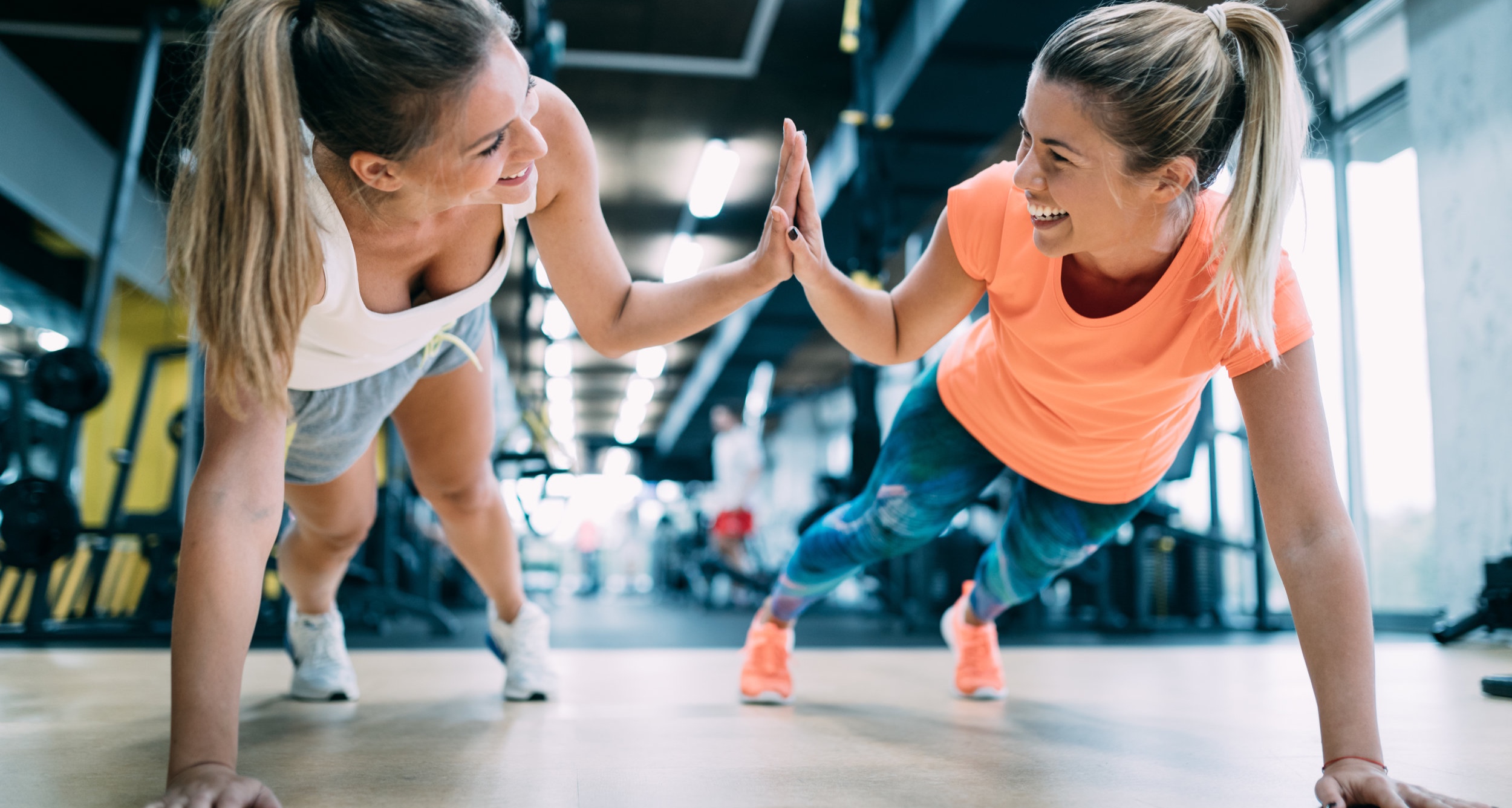BODY FOCUS - CALVES
What are your calves?
The calf muscle, also known as the gastrocnemius muscle, is a large muscle on the back of the lower leg. It originates at the back of the knee and inserts into the heel bone (calcaneus) via the Achilles tendon.
Significantly, the calf muscle is responsible for plantar flexion, which is the movement of the ankle joint that lifts the heel and points the toes downward. Additionally, it also helps in knee flexion and is used for activities such as walking, running, and jumping.
Particularly, the calf muscle is composed of two heads: the medial head and the lateral head. The medial is on the inside of the leg and the lateral is on the outside of the leg. Both heads work together to perform the functions of the calf muscle.
How can you strengthen your calves?
- Calf Raises
-
- Stand with your feet hip-width apart.
- Lift your heels off the ground as high as you can.
- Lower your heels back down.
- Repeat for several sets.
Having trouble visualizing this movement? Watch this video.
- Seated Calf Raises
- Sit on a bench or chair with a weight or dumbbell resting on your knees.
- Place the balls of your feet on a raised surface, such as a block or step.
- Slowly lift your heels as high as you can, then lower them back down.
- Repeat for several sets.
Having trouble visualizing this movement? Watch this video.
- Donkey Calf Raises
-
- Stand with your toes on a block or step.
- Bend over and hold onto a stable surface for support.
- Lift your heels as high as you can.
- Lower them back down.
- Repeat for several sets.
Having trouble visualizing this movement? Watch this video.
Why is it important to strengthen your calves?
The calf muscle is an important muscle group for lower body strength and is often targeted in fitness and sports training programs. Simultaneously, proper training of the calf muscles can help improve athletic performance, prevent injury, and enhance overall lower body strength and balance.
Walking and Running: The calf muscles play an important role by pushing the foot off the ground and propelling the body forward.
Balance and Stability: The calf muscles come into major play when the movement requires standing on one foot of changing directions quickly.
Posture: Strong calf muscles can help improve posture and reduce the risk of lower back pain.
Injury Prevention: Strengthening the calf muscles can help prevent injuries to the ankle, knee, and hip joints by improving the overall leg strength and stability.
Circulation: The calf muscles also play a role in maintaining healthy blood flow by pumping blood back up from the legs to the heart.
Overall, the calf muscles are essential for lower body strength, balance, and overall health and fitness. They should not be missed!
Don’t forget to checkout our other fitness and nutrition blogs.
Body Renovation Fitness Center offers the best Personal Training in Dallas, TX. We also hold Fitness Programs, Boot Camps, Weight Loss Services, and more. Our focus is on you. Bear and his team will design an individual program to help you achieve your fitness goals whether they are weight loss, healthy lifestyle, overcoming injuries, or improving strength and flexibility. Significantly, we change things up, developing customized meal plans to help you stay on track when you travel. Additionally, we provide monthly measurements, fitness tracking tools, personal encouragement, fitness and nutrition blogs to help you get and stay fit.
WE PROVIDE PERSONAL TRAINING, FITNESS PROGRAMS, AND NUTRITIONAL GUIDANCE.
If you are ready to make a change in your health, fitness, or lifestyle, Body Renovation is ready to help you achieve your goals. Furthermore, we will design a personalized program designed to challenge and motivate you. We realize that each client is different, so each program and workout is unique. You will never feel bored with your Body Renovation fitness routine! Don’t forget to checkout our fitness and nutrition blogs to stay up to date on all the latest news in fitness/health.
WHAT MAKES US DIFFERENT?
Attention to Detail, Experience, Communication, Attitude, and Creativity.

